Image above: Cartoon of John Harrison (b1868), of Colne, tenor
Image credit: Lancashire Archives (ref: DDHR/ACC13248)
Music Through the Ages
Manchester Archives and Local Studies
Manchester Hip Hop Archive: A wide variety of objects and documents showcasing different elements of Hip Hop and capturing the movement across 40 years, including present perspectives as collected by the Manchester Hip Hop Project. This includes objects sourced from the community, photographs, newspaper and magazine clippings, graffiti artists folders with sketches and original 35mm photos, flyers, posters, tickets, pirate radio equipment and recordings, significant fashion items, and rare and exclusive recordings, releases and footage from Manchester’s earliest Hip Hop labels including Playhard and Rock The House.

Image credit: Manchester Archives and Local Studies ref: 2022/107
Nottinghamshire Archives
Walter Thomas Gaze Cooper of Long Eaton and Nottingham (1895-1981), composer: The collection includes most of his hand-written scores, as well as concert programmes and newscutting books documenting media responses to his music. Gaze began his studies in Nottingham and then attended the Royal Academy of Music where he qualified as a pianist and teacher. His first work was published in 1918. In 1933 he founded the Nottingham Conservatory Orchestra, which in 1942 became the Nottingham Symphony Orchestra, now in its 73rd year.
In the past few years his music has been revived and is now being played in small concerts in Nottinghamshire and elsewhere. Further information about Gaze Cooper and his music can be found on the following website: https://www.gazecooper.com/
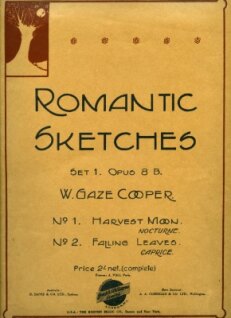
Lancashire Archives
John Harrison (b1868), of Colne, tenor: This large additional deposit includes a set of beautifully bound scrapbooks with letters, programmes and news cuttings that the family curated carefully to tell the story of Harrison’s career in music. The programmes offer a snapshot of the music industry in the early 20th century, with Harrison appearing alongside performers such as Ada Crossley and Percy Grainger, and the conductor Hans Richter. He was nicknamed ‘the English Caruso’ and performed at venues across the country as well as touring internationally. Harrison originally sang as a baritone but was encouraged by his agent to switch to tenor in the hopes of greater professional success. He moved to London and spent two years working with singing tutors to help retrain his voice. His concert appearances were a great success, and the Gramophone Company (later HMV) awarded him a recording contract.
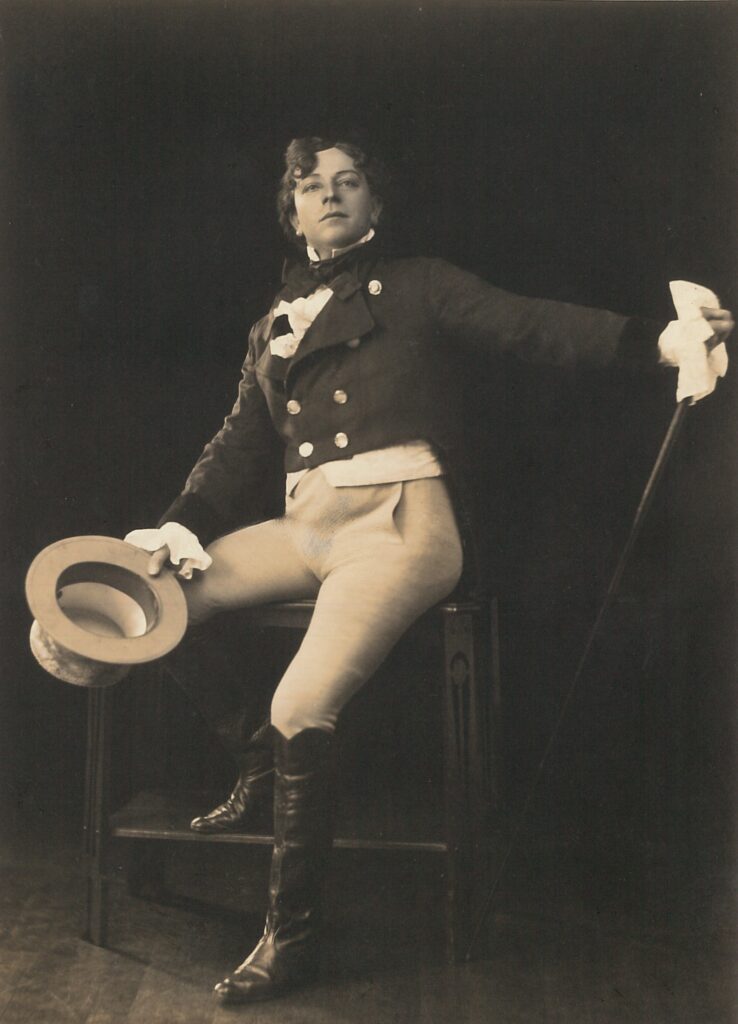
Image credit: Lancashire Archives
Manchester University: University of Manchester Library
Charles Wesley (1707 –1788), a leader of the Methodist movement, preacher and hymnwriter: Divine Songs in Shorthand, unrecorded, unpublished verse miscellany, c.1749-1770: The University of Manchester Library purchased this pocket volume containing hymns written in shorthand by one of the greatest and most prolific English hymn writers. The manuscript includes what may be the only surviving autograph draft of one of the ‘Great Four Anglican Hymns’, ‘Lo He Comes with Clouds Descending’, which survives in a draft by John Wesley but is apparently unknown in Wesley’s hand outside this manuscript. Wesley wrote most of the hymns using John Byrom’s shorthand, adapted to his own usage, each leaf folded vertically along the middle for ease of use.
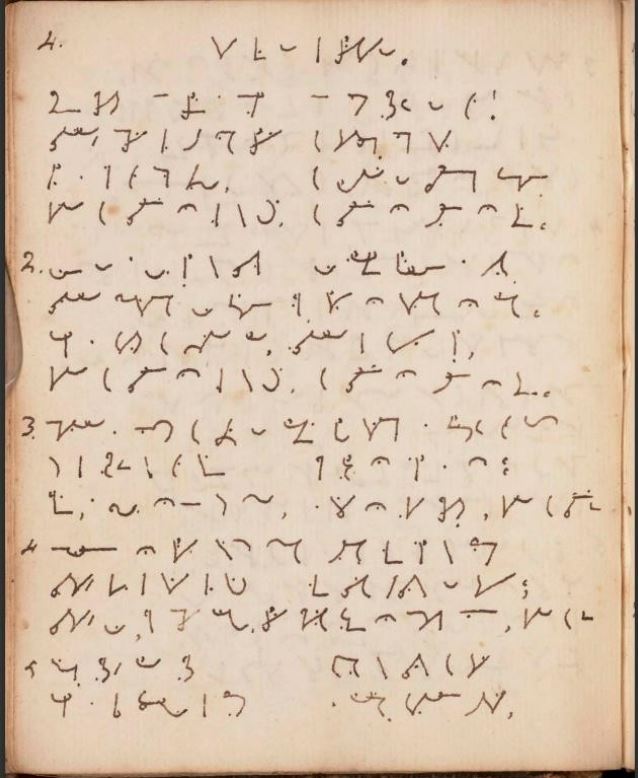
Image credit: Manchester Archives ref: 2022/22
Edinburgh University Library, Special Collections
French song collection book entitled “Recueil de chansons choisies depuis 1656 jusques à present 1736″: The book encompasses 80 years of satirical commentary on French society, spanning the reigns of Louis XIV and the early years of Louis XV. The compilation of 135 songs, 73 with musical notation, offers a unique glimpse into the aristocracy, court, government, and clergy, often targeting scandalous and political themes. Notably, it humorously portrays figures like the three mistresses of Louis XIV, and even addresses sensitive topics like homosexuality. The book’s preface underscores its accuracy and organization, making it a valuable historical artefact revealing the dynamics of 18th century France.
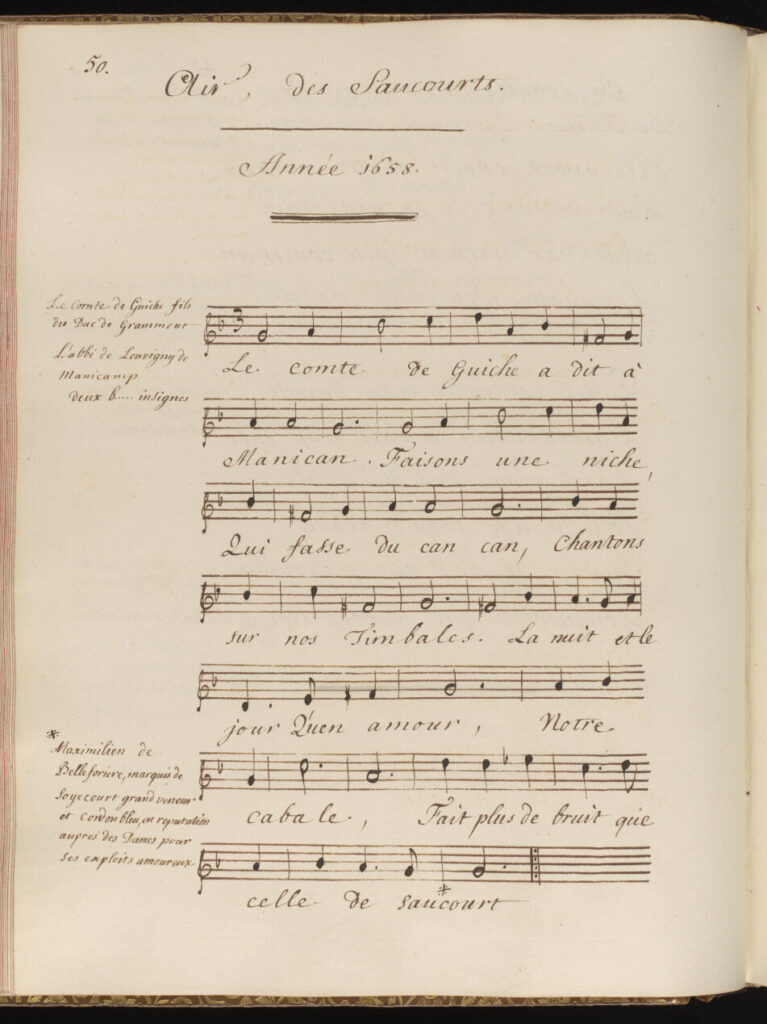
Edinburgh University Library, Special Collections ref: Coll-2073
Edinburgh University Library, Special Collections
Early seventeenth-century manuscript of Italian and French lute music in French tablature, c 1620: Formerly part of the Dolmetsch Collection, this manuscript contains some 320 pieces of Italian and French lute music in French tablature, 89 of which are unique to this source. Composed by 26 known artists, the works date from the transitional period between the Renaissance and Baroque eras. The collection showcases the French style brisé influence, and features various dance types of the time, mainly courantes and voltes. French tablature is used throughout, with only a few exceptions. The manuscript follows so-called Renaissance tuning, except for a few pieces using cordes avallées tuning.
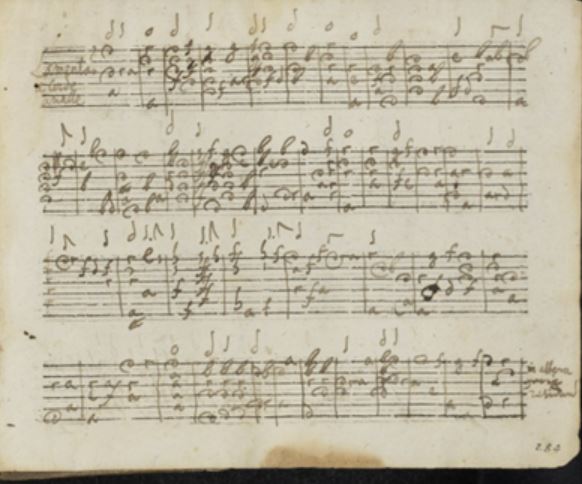
Edinburgh University Library, Special Collections ref: Coll-2073
Changing Perceptions of Disability
Wellcome
Thomas Wright (fl1668-1716): manuscript entitled “A Call to Repentance or a Warning before Judgement”, first-hand account of disability in early modern England, 1716: The text recounts an unprovoked and seemingly mindless attack that Wright suffered at the age of 14, which left him disabled. He issues a ‘Warning before Judgement’ to those who injured him and encourages ‘all wicked men to leave of their boasting and Glorying of their wicked and cruel actions and to call their sins to remembrance’. Towards the end of his narrative, Wright describes the appalling attitudes of society towards him as a disabled man and the scorn with which he is treated. He is continually confronted with the prevailing attitudes towards disability: ‘I am made to hang down my head like a bullrush and to goe heavily […] like a sparrow on the houstop which hath no mate’. Written in an easy-to-read script, Wright’s account offers an articulate and affecting encapsulation of one man’s suffering.
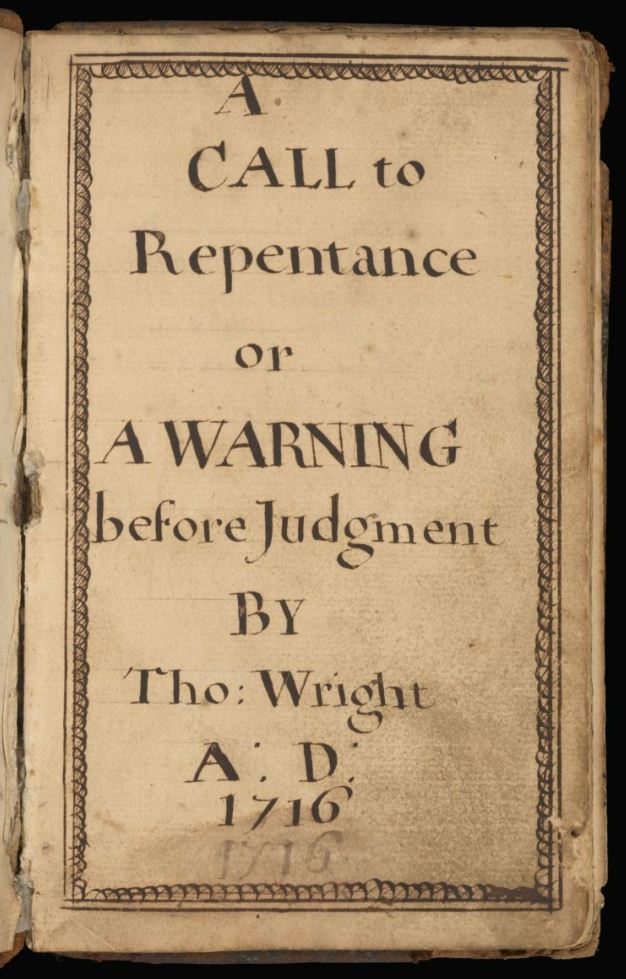
Wellcome ref: MS.9318
Surrey History Centre
The Grange Centre for People with Disabilities (formerly The School Of Stitchery And Lace), Bookham: Founded in 1925 as the School of Stitchery and Lace by Miss Julia Sweet (1881-1942), the school provided employment for disabled and invalid women and girls, enabling them to lead independent lives. In 1938, the school relocated from Leicester to The Grange, a large house in Bookham, where it remains today. The archive includes minutes and annual reports, newsletters and a wealth of publicity material including a DVD of ‘The Story of the Grange’ narrated by Joanna Lumley in 2015. Photographs show the students at work and play, and there are also samples of the intricate needlework and lacework produced over the years. A large file of correspondence with the royal households documents royal patronage over the decades. The deposit, cataloguing and packaging of these records was made possible with a grant from the National Lottery Heritage Fund awarded to the charity in 2017.
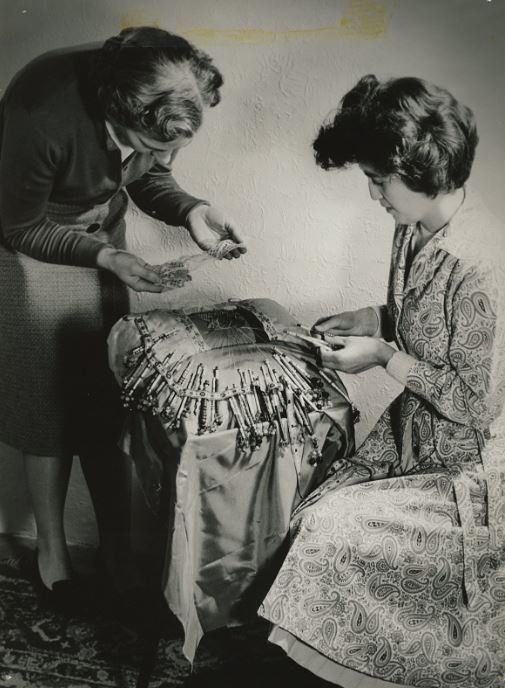
Image credit: Surrey History Centre ref: 10343
Buckinghamshire Archives
International Wheelchair and Amputee Sports Federation (IWAS), now World Abilitysport: The organisation can trace its history back to the work of Sir Ludwig Guttmann and the first organisations involved in staging the Stoke Mandeville Games. These would become the International Stoke Mandeville Games and then the Paralympic Games in 1960. This collection joins extensive collections dating back to the first Stoke Mandeville Games in 1948 already held at Buckinghamshire Archives. This deposit features a wide range of records from World Abilitysport’s predecessor the International Wheelchair and Amputee Sports Federation (IWAS) including organisational records, publicity materials and sporting records covering IWAS’s role as organisers of the IWAS World Games and governing body for the sports of Powerchair Hockey and Wheelchair Fencing over the late 20th and early 21st centuries.
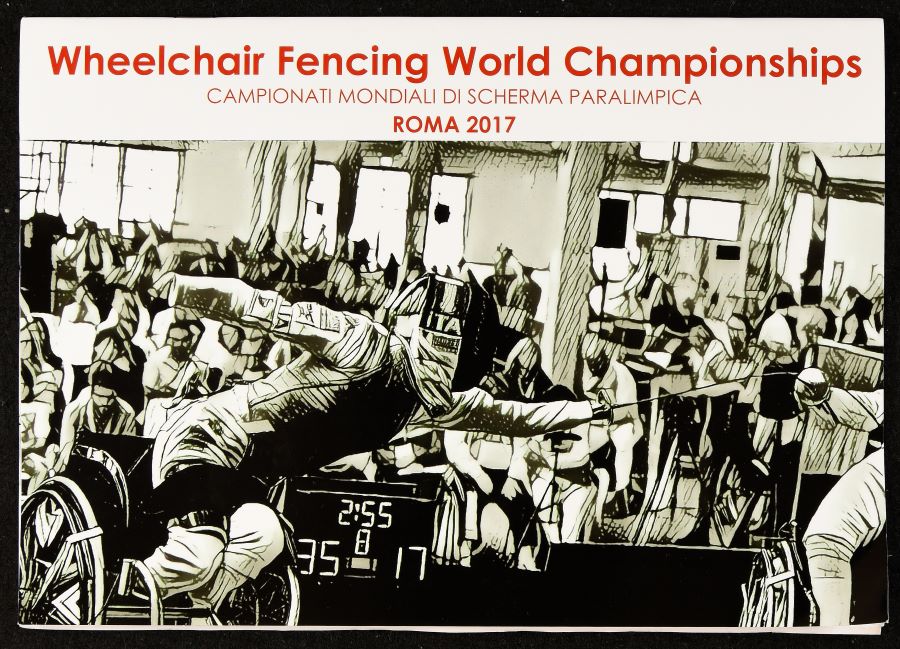
Buckinghamshire Archives ref: AR_53/2022